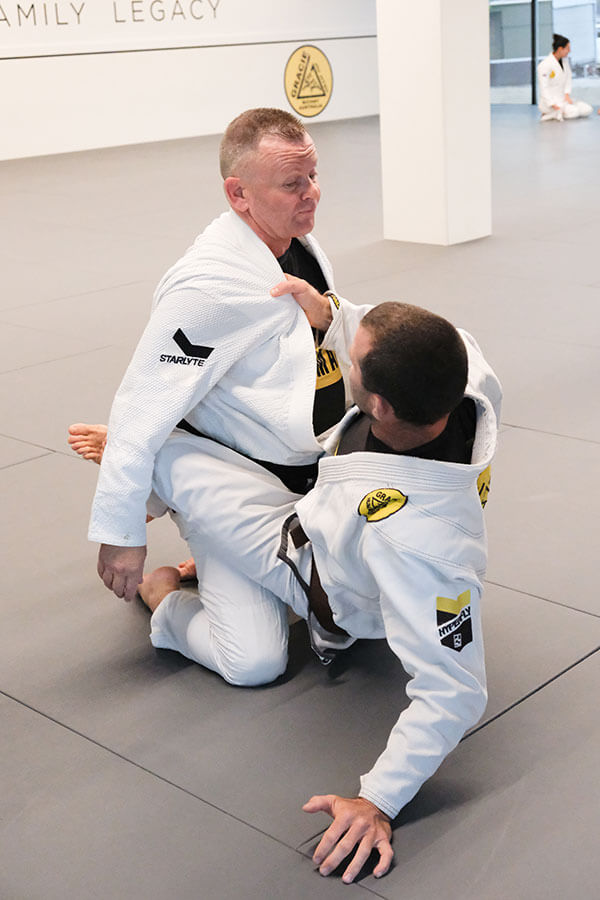If you’re interested in learning Brazilian Jiu-Jitsu, you’ve probably noticed there are different types of venues that offer training. These broadly fall into two types: MMA gyms and BJJ academies.
Broadly speaking, the most important factor in getting a quality BJJ education is the coach. If you’re learning off a strong black belt, you’re likely to learn valuable skills regardless of whether you’re training at an MMA gym or BJJ academy. (Gracie Botany’s head coach, Craig “Sav” Roberts, has won 8 gold medals at the national Pan Pacific Championships, and was a finalist at Rio’s World Championships.)
With that said, there are some general differences between the type venue types. Which one is better for you depends on what your goals for training are. Gracie Botany is an academy in Sydney’s eastern suburbs near Matraville. We run dozens of classes a week, featuring a mix of Gi and No-Gi training.
That’s different to the schedule you’d find at an MMA academy. Here’s how.

Jiu-Jitsu is Jiu-Jitsu
Brazilian Jiu-Jitsu is a deep and hugely complex martial art. It typically takes over 10 years for dedicated practitioners to earn their black belt, which hints at how many levels there are to BJJ systems. So while you can learn Brazilian Jiu-Jitsu at both an MMA gym or a dedicated BJJ academy, each type of venue will accentuate different aspects of the martial art.
It’s worth remembering what BJJ is in the first place. Jiu-Jitsu is a martial art that teaches practitioners how to take opponents to the ground, how to establish a strong position like mount or back control, and then how to submit said opponent. Those submissions can be chokes or various joint locks.
Training Jiu-Jitsu, you’ll also learn how to be dangerous from below. Experienced grapplers know how to tap opponents out in bottom positions like half guard or different open guards.
In BJJ academies, you’ll learn techniques that fall into two categories: Self-defence and sport. Self-defence techniques are those to be used in a “real-life” altercation. Sport techniques are used against other practitioners for Jiu-Jitsu training sessions and tournaments.
In MMA gyms, you’ll learn BJJ as it’s applicable to mixed-martial arts fights. Much of what you learn is transferable to the real world, but the primary purpose is to prepare you for the octagon.
Little things.
These differences may not sound major, and to be sure there is large overlap. A lot of what you learn at a BJJ academy can translate to an MMA fight, and vice versa. But that overlap is not 100%.
MMA gyms typically focus on No-Gi training at the expense of Gi training. This makes complete sense, since fighters typically on wear shorts. Knowing how to loop choke someone, for instance, isn’t much help if your opponent has no Gi to grip onto.
However, if you’re hoping to train BJJ for hobbyist purposes, you’ll likely find yourself outclassed in Gi competitions by people who train in the Gi regularly. They will have practiced the chokes, sweeps and submissions that a Gi allows for.
MMA gyms typically also offer fewer Jiu-Jitsu classes each day. Again, this makes sense. If you’re hoping to fight in the UFC, you’ll need to know BJJ plus striking skills. If you’re interested in learning kickboxing alongside Jiu-Jitsu, that’s very useful. If you’re purely interested in BJJ, you may find timetables restrictive.
Whether an MMA gym or BJJ academy is good for you depends entirely on what you want to get out of Jiu-Jitsu and martial arts training.
If you’re interested in learning BJJ, come into Gracie Botany for a free trial class.



